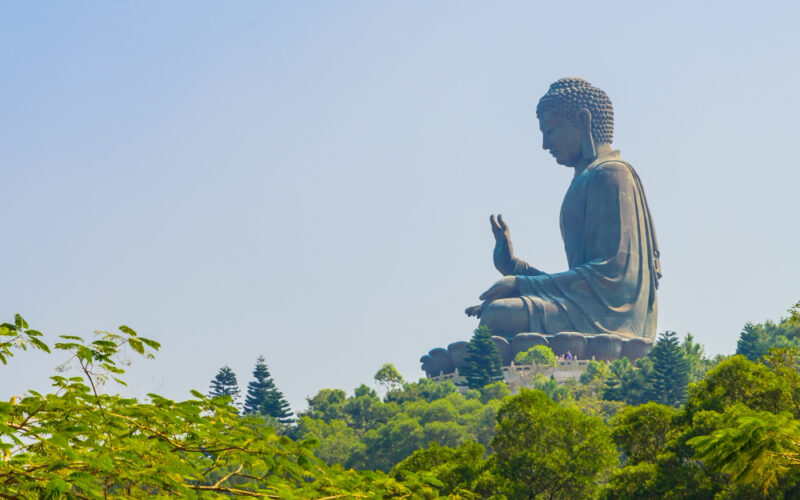Introduction
Buddha’s Birthday, also known as “Seokga Tansinil” or “Seokka Tansinil,” is one of the most significant and widely celebrated Buddhist holidays in South Korea. It commemorates the birth of Siddhartha Gautama, the founder of Buddhism, who later became known as Gautama Buddha. This short essay explores the traditions, customs, and cultural significance of Buddha’s Birthday in South Korea.
Historical Background
Buddhism was introduced to the Korean Peninsula around the 4th century CE, and since then, it has played a crucial role in shaping Korean culture and society. Over time, Buddhist traditions merged with indigenous customs, giving birth to a unique form of Buddhism known as Korean Buddhism. Buddha’s Birthday holds great importance in this rich spiritual heritage.
Celebrations and Rituals
The celebration of Buddha’s Birthday in South Korea typically takes place on the eighth day of the fourth lunar month, following the lunar calendar. The festivities commence in the weeks leading up to the actual day. The streets and temples are adorned with colorful lanterns, creating a vibrant and festive atmosphere.
One of the most captivating aspects of Buddha’s Birthday celebration is the “Lotus Lantern Parade.” Thousands of participants, including monks, lay Buddhists, and spectators, gather to march through the streets, carrying ornate lanterns shaped like lotus flowers. The lotus flower symbolizes purity and enlightenment in Buddhism.
The parade is accompanied by traditional music, dances, and performances, which add to the joyful ambiance. People of all ages join in the procession, carrying their own lanterns and chanting Buddhist scriptures. The procession often culminates at a major temple, where a special ceremony is held to honor the birth of Buddha.
In addition to the parade, various cultural events and exhibitions are organized during this time. Temples host tea ceremonies, meditation sessions, and Dharma talks, providing an opportunity for individuals to deepen their understanding of Buddhist teachings and principles.
Cultural Significance
Buddha’s Birthday celebration in South Korea goes beyond religious observance. It has become a significant cultural event that promotes harmony, peace, and unity among people of different backgrounds. The festival encourages individuals to reflect on the values of compassion, kindness, and mindfulness, which are fundamental to Buddhism.
The symbolism of the lotus flower, with its ability to grow gracefully from muddy waters, represents the human potential to rise above suffering and achieve enlightenment. This concept resonates with many Koreans, as they strive for personal growth, inner peace, and societal harmony.
Furthermore, Buddha’s Birthday celebration serves as a platform for interfaith dialogue and understanding. People from various religious backgrounds often participate in the festivities, fostering an atmosphere of mutual respect and appreciation for diverse beliefs.
Conclusion
Buddha’s Birthday in South Korea is a momentous occasion that brings together people from all walks of life to celebrate the birth of Buddha and embrace the values he taught. The colorful lanterns, mesmerizing parades, and cultural events create an atmosphere of joy and spiritual reflection. Beyond its religious significance, this celebration highlights the importance of compassion, peace, and unity in Korean society, making it a cherished festival that continues to inspire and uplift the hearts of many.
Links/References
https://www.90daykorean.com/buddhas-birthday-in-korea/
https://theculturetrip.com/asia/south-korea/articles/how-south-korea-celebrates-buddhas-birthday/
